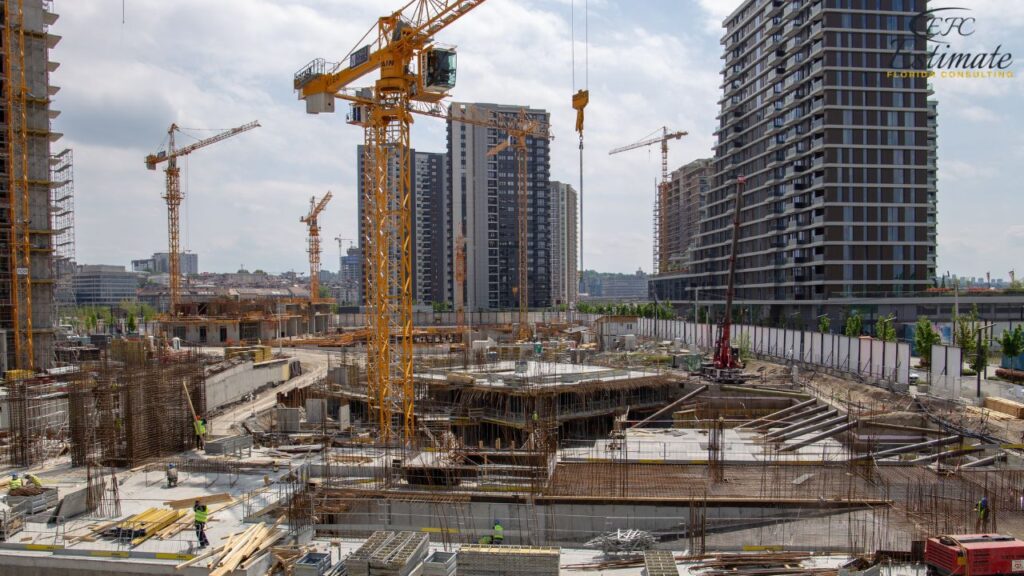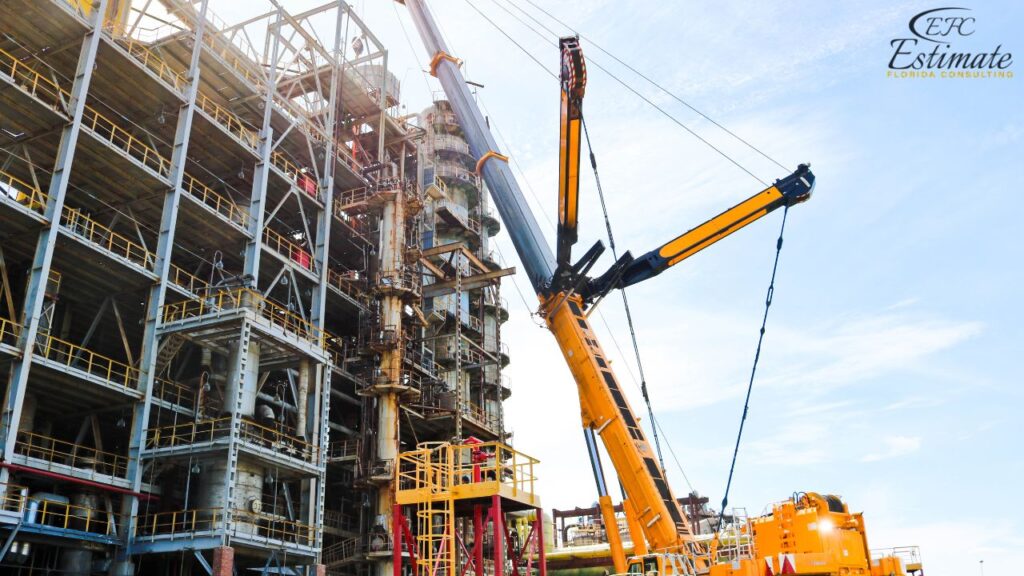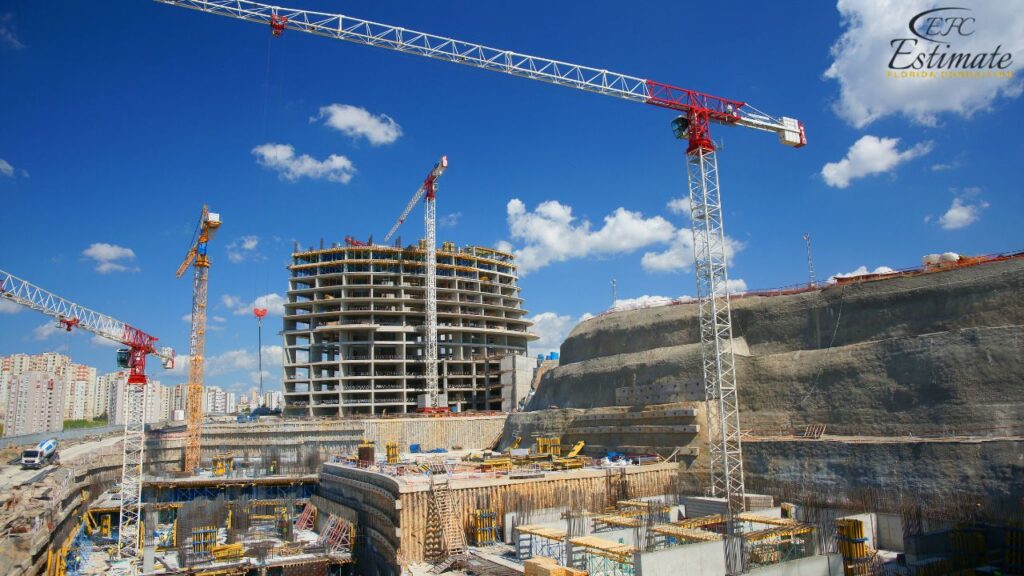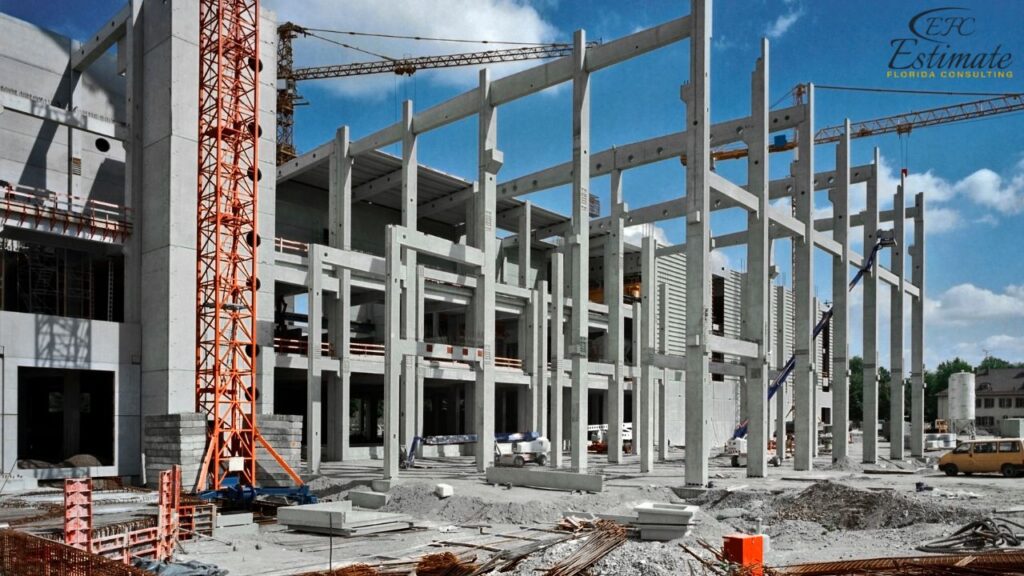How Accurate Estimates Drive Profitability?
Accurate cost estimation is the cornerstone of profitable construction projects. It helps in setting realistic budgets, managing resources efficiently, and avoiding unexpected expenses that can erode profits. This guide explores how accurate estimates drive profitability, emphasizing their importance in financial planning, risk management, and stakeholder confidence. By understanding and implementing precise cost estimation practices, project managers can ensure the financial success of their construction endeavors.

The Role of Accurate Estimates in Project Planning
Setting Realistic Budgets
Accurate estimates are crucial for setting realistic budgets that reflect the true cost of a project. This involves considering every aspect of the project, from materials and labor to permits and contingencies. A well-prepared budget helps prevent cost overruns, ensuring that the project remains financially viable from start to finish. When budgets are based on precise estimates, they provide a clear financial roadmap that guides decision-making and resource allocation, leading to more efficient project execution.
Cost Component | Estimated Cost |
Materials | $1.4 million – $7 million |
Labor | $700,000 – $2.8 million |
Equipment | $420,000 – $1.68 million |
Permits and Fees | $140,000 – $700,000 |
Contingencies | $280,000 – $1.12 million |
Resource Management
Effective resource management relies on accurate cost estimation. Knowing the exact costs of materials, labor, and equipment allows project managers to allocate resources efficiently, avoiding wastage and ensuring that every dollar is spent wisely. This efficiency not only reduces costs but also accelerates project timelines, contributing to overall profitability. Additionally, accurate estimates enable better negotiation with suppliers and subcontractors, securing favorable terms and pricing that enhance cost control and financial performance.

Resource Type | Estimated Cost (per unit) |
Concrete | $140 – $210 per cubic yard |
Steel | $1,120 – $1,680 per ton |
Skilled Labor | $42 – $70 per hour |
General Labor | $21 – $35 per hour |
Heavy Machinery Rental | $2,100 – $7,000 per day |
Risk Management and Contingency Planning
Identifying Potential Risks
Accurate estimates help in identifying potential risks that could impact the project’s budget and timeline. By anticipating these risks, project managers can develop strategies to mitigate them, such as allocating contingency funds or adjusting project schedules. This proactive approach reduces the likelihood of unexpected expenses, protecting the project’s profitability. Understanding and preparing for risks allows for more stable and predictable financial outcomes, which is essential for maintaining profitability.

Risk Factor | Potential Impact |
Material Price Fluctuations | Increased Material Costs |
Labor Shortages | Delayed Timelines |
Regulatory Changes | Increased Compliance Costs |
Environmental Factors | Construction Delays |
Equipment Failures | Increased Repair Costs |
Allocating Contingency Funds
Including contingency funds in the budget is a common practice in construction projects. Accurate estimates ensure that these funds are sufficient to cover unforeseen expenses without significantly impacting the overall budget. This financial cushion provides security and flexibility, enabling the project to continue smoothly even when unexpected issues arise. Properly allocated contingency funds act as a buffer against financial shocks, ensuring that the project remains on track and profitable.
Contingency Type | Recommended Allocation |
Weather-Related Delays | 5% – 10% of total budget |
Material Shortages | 3% – 7% of total budget |
Labor Disruptions | 2% – 5% of total budget |
Regulatory Compliance | 1% – 3% of total budget |
Equipment Breakdowns | 2% – 4% of total budget |
Enhancing Stakeholder Confidence
Building Trust with Investors
Investors and stakeholders are more likely to support projects that demonstrate sound financial planning and accurate cost estimation. When project managers present detailed and realistic estimates, they build trust and confidence in their ability to deliver the project within budget and on time. This trust can lead to better funding opportunities and stronger investor relationships, ultimately driving profitability. Transparent and accurate estimates foster credibility and reliability, attracting more investment and ensuring long-term financial stability.
Investor Concern | Impact of Accurate Estimates |
Financial Viability | Increased Investment Confidence |
Project Timelines | Reduced Risk of Delays |
Cost Control | Improved Financial Management |
Return on Investment | Higher Profit Margins |
Risk Management | Enhanced Risk Mitigation |
Download Template For Construction Project Breakdown
- Materials list updated to the zip code
- Fast delivery
- Data base of general contractors and sub-contractors
- Local estimators

Improving Communication
Accurate estimates improve communication among project stakeholders by providing a clear and shared understanding of the project’s financial aspects. This transparency helps in setting expectations, making informed decisions, and addressing concerns promptly. Effective communication enhances collaboration, reduces misunderstandings, and fosters a positive working environment, all of which contribute to the project’s success and profitability. Clear and consistent communication based on accurate estimates ensures that all parties are aligned and working towards common financial goals.
Communication Aspect | Benefit of Accurate Estimates |
Stakeholder Updates | Clear Financial Status Reports |
Decision-Making | Informed Budget Adjustments |
Conflict Resolution | Transparent Issue Handling |
Progress Tracking | Accurate Milestone Reporting |
Team Collaboration | Improved Coordination |
Tools and Techniques for Accurate Estimation
Estimation Software
Modern estimation software tools provide advanced capabilities for creating accurate cost estimates. These tools can analyze historical data, market trends, and project specifics to generate precise estimates. By using estimation software, project managers can enhance the accuracy and reliability of their cost projections, driving better financial outcomes. Software tools also offer features for tracking and updating estimates throughout the project lifecycle, ensuring continuous accuracy and alignment with actual costs.
Estimation Software | Key Features |
ProEst | Historical Data Analysis |
PlanSwift | Digital Takeoffs |
Buildertrend | Real-Time Cost Tracking |
CoConstruct | Project Management Integration |
Sage Estimating | Market Trend Analysis |
Expert Consultations
Consulting with industry experts and experienced professionals can significantly improve the accuracy of cost estimates. These experts bring valuable insights and knowledge, helping project managers account for all potential costs and risks. Collaborating with experts ensures that estimates are comprehensive and realistic, supporting the project’s financial success. Expert consultations provide access to specialized knowledge and best practices, enhancing the precision and reliability of cost estimation processes.

Expert Type | Contribution to Estimation |
Construction Consultants | In-Depth Industry Knowledge |
Financial Analysts | Detailed Cost Analysis |
Legal Advisors | Regulatory Compliance |
Project Managers | Practical Implementation |
Architects and Engineers | Technical Specifications |
Continuous Improvement in Estimation Practices
Learning from Past Projects
Analyzing past projects and their outcomes is essential for improving estimation practices. By reviewing what worked well and what didn’t, project managers can refine their estimation techniques and enhance their accuracy over time. Continuous learning and adaptation lead to better cost control and increased profitability in future projects. Regularly updating estimation methodologies based on past experiences and industry developments ensures ongoing improvement and financial success.
Learning Aspect | Improvement Area |
Cost Overruns | Adjusting Future Estimates |
Delays | Improving Time Management |
Material Shortages | Better Supplier Contracts |
Labor Issues | Enhanced Workforce Planning |
Regulatory Compliance | More Thorough Reviews |
Get 5 New Leads Next 7Days With Our System
- Multi-Family Building
- Hotel Building
- Hospital Building
- Warehouse Building
- High-Rise Building
- Shopping Complex
Incorporating Feedback
Incorporating feedback from stakeholders and team members can provide valuable insights into the accuracy and effectiveness of cost estimates. Regular feedback loops help identify areas for improvement and ensure that estimation practices remain aligned with project goals and industry standards. Engaging stakeholders in the estimation process fosters collaboration and accountability, driving better financial outcomes. Feedback-driven improvements enhance the precision and reliability of estimates, contributing to long-term profitability.
Feedback Source | Improvement Outcome |
Stakeholders | Aligned Financial Goals |
Team Members | Practical Cost Adjustments |
Suppliers | Better Price Negotiations |
Subcontractors | Accurate Labor Costs |
Regulatory Bodies | Compliance Assurance |
Conclusion
Accurate cost estimation is a critical factor in driving profitability for construction projects. By setting realistic budgets, managing resources efficiently, identifying and mitigating risks, and enhancing stakeholder confidence, accurate estimates ensure the financial success of a project. Investing in precise estimation practices, leveraging modern tools and expert insights, and continuously improving methodologies can significantly enhance a project’s profitability. The benefits of accurate estimates extend beyond immediate financial gains, fostering trust, collaboration, and long-term success in the construction industry.
FAQs
Accurate cost estimates are crucial because they help in setting realistic budgets, managing resources efficiently, and avoiding unexpected expenses. They provide a clear financial roadmap, ensuring that the project remains financially viable from start to finish.
Accurate estimates consider every aspect of the project, from materials and labor to permits and contingencies. This helps in preparing a comprehensive budget that prevents cost overruns and guides decision-making and resource allocation effectively.
Accurate estimates allow project managers to allocate resources efficiently, avoiding wastage and ensuring every dollar is spent wisely. This efficiency reduces costs, accelerates project timelines, and enhances overall profitability.
Common risk factors include material price fluctuations, labor shortages, regulatory changes, environmental factors, and equipment failures. Accurate estimates help project managers develop strategies to mitigate these risks.
Accurate estimates build trust with investors and stakeholders by demonstrating sound financial planning. This trust leads to better funding opportunities, stronger investor relationships, and ultimately drives profitability.
Google Reviews



Process To Get Construction Estimate Report
Here I am going to share some steps to get construction estimate report.
-
You need to send your plan to us.
You can send us your plan on info@estimatorflorida.com
-
You receive a quote for your project.
Before starting your project, we send you a quote for your service. That quote will have detailed information about your project. Here you will get information about the size, difficulty, complexity and bid date when determining pricing.
-
Get Estimate Report
Our team will takeoff and estimate your project. When we deliver you’ll receive a PDF and an Excel file of your estimate. We can also offer construction lead generation services for the jobs you’d like to pursue further.

